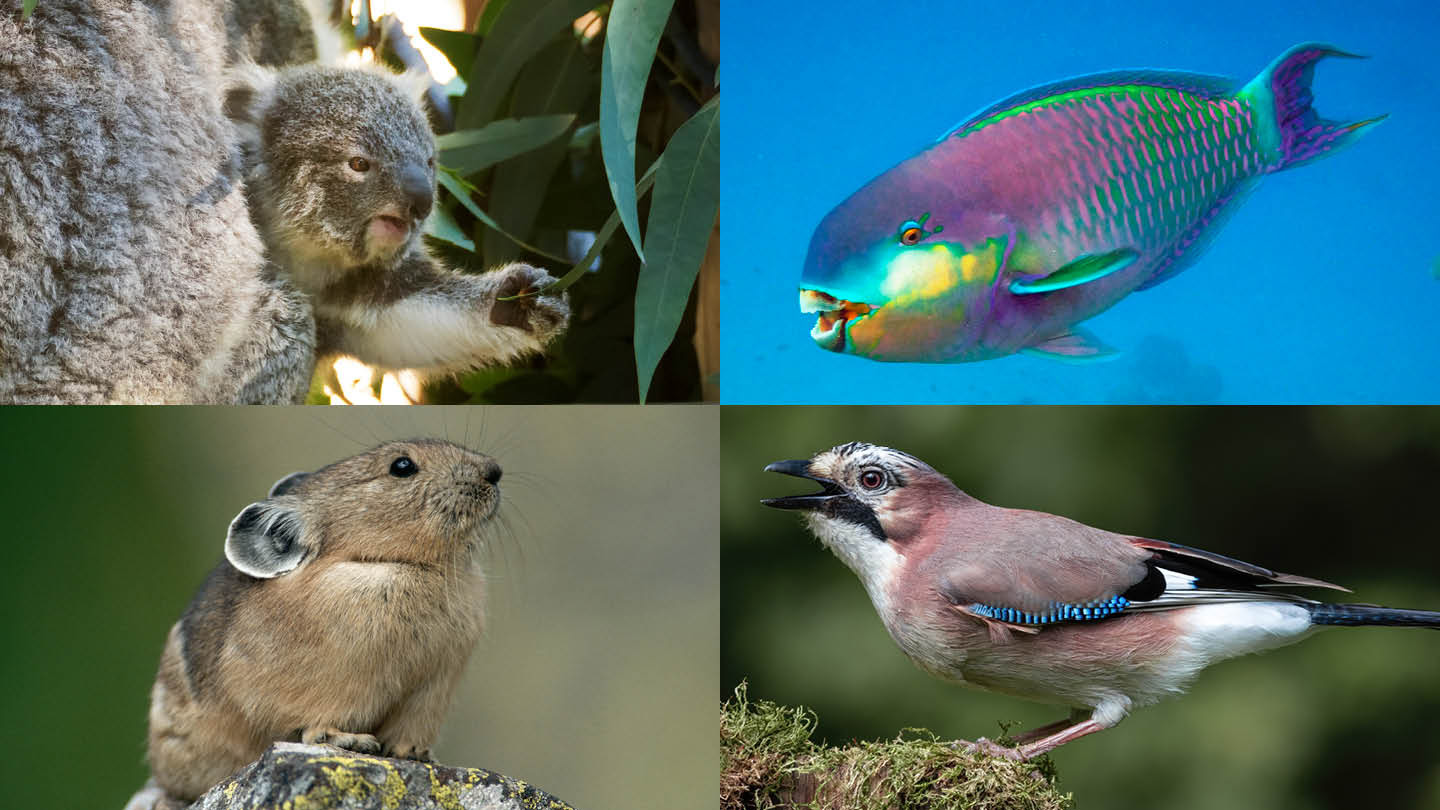Poop is on the menu for a surprising number of animals
Feces don’t get enough credit as food.
The stinky stuff is not just an end product after food gets eaten, digested and finally discarded by animal guts. Poop can also be something nutritious, useful and actually eaten (again) in its own right, three researchers point out in the December issue of Animal Behaviour. Tallying just the examples from vertebrates reported in scientific journals, the authors document coprophagy in more than 150 species, from adult black bears to baby koalas.
“I had no idea how many baby animals ate their mom’s poop to get microbes to help populate the gut,” says evolutionary biologist Elaine J. Power, now retired in Eugene, Ore. The list of youngsters includes species as varied as koalas, desert tortoises and ostriches. And that’s just one reason why a species might recycle previously eaten meals. She and another evolutionary biologist, Sally Bornbusch, explored vertebrate fecal scientific literature at the Smithsonian National Zoo and Conservation Biology Institute based in Washington, D.C., during internships with zoo clinical nutritionist Erin Kendrick.
As food, says Power, “poop is a wonderful source if you don’t care about being infected by diseases and parasites.” Some species can’t live without it. Pikas may make it through harsh winters by relying on yak poop. But among the most extreme are cavefish that can’t fly out to forage, so depend heavily on guano from bats that can.
“Rats are fun, if you happen to have a particular sense of humor,” Power says. Up to 40 percent of their food intake comes from eating poop. “If you stop them from doing it, they get vitamin B12 deficiencies — they get sick.” It’s something laboratory keepers have to watch.
For rabbits and a variety of other small animals with plant-rich diets, poop-eating serves as a digestive workaround for not being a cow, whose stomachs have extra compartments. By the time the cow’s meal reaches the intestinal zone for nutrient absorption, big tough molecules have become tidbits in easy-to-absorb slosh. For rabbits and many other small creatures, eating food that’s been through a gut once, aka poop, works as an alternative way for getting hard-to-extract nutrition.

Poop-eating takes a special form in some of these non-cows. A bit of the intestinal pathway, called the caecum, catches some of the waste as softer, finer-grained masses that an animal, as Power puts it, then “can lick off its anus.” A paper cited in the new review includes portraits of a capybara in a yoga pose–like body twist, angling into position to eat caecal lumps.
Eating poop can also show up as part of parenting. While tending frail new hatchlings, a parent swift for instance will now and then search out and gulp down a saclike dropping. Sanitation? Thirst? It’s hard to tell for birds on a nest, but Power suspects that both motives apply for lactating black bear mothers alone in a den with a cub too young to tag along foraging.
Human coprophagy doesn’t surface in the zoo team’s review of other animals. But biochemist and historian Sachi Sri Kantha in Tokyo, retired from Gifu University in Japan, has published on its possibilities. Some traditional medicines include fecal elements and could be swallowed. Western medicine now uses fecal microbes in gut-related therapies, but they’re inserted colonoscopy-style instead of being truly eaten. Supposed fecal ingestion shows up on the internet now and then, but Sri Kantha doesn’t treat this as very informative. “Some people will do anything for money,” he says.
Source link

